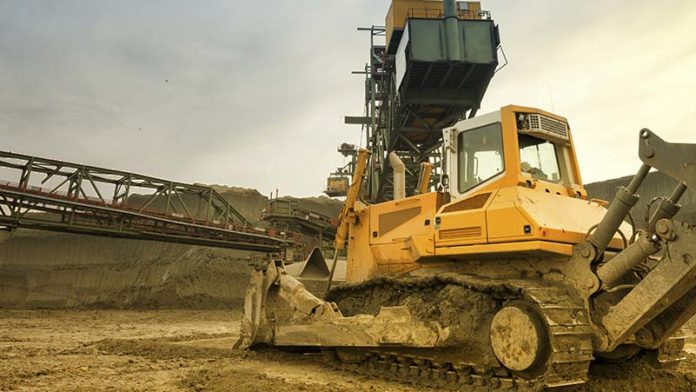
THE world’s largest 40 mining firms would report a slight earnings knock in 2020 owing to COVID-19, but they were positioned to be a driver of the globe’s economic recovery, said consultancy PwC.
Commenting in its ‘Mine 2020’ report, an annual publication that spots trends in the mining sector, PwC said earnings before interest, tax, depreciation and amortisation (EBITDA) of the top 40 firms would fall 6% in the current year. This compares to EBITDA of $168bn among the top 40 companies in the year under review.
Included in the top 40 were Impala Platinum and Sibanye-Stillwater, new among the rankings as judged by market capitalisation. They joined the likes of BHP, Glencore, Rio Tinto, Anglo American and Barrick Gold as well new entrants Hindustan Zinc and Kinross Gold, the latter representing the improvement in gold prices.
The total market capitalisation of the top 40 companies included in the report increased 19% year-on-year to $898bn as of December 31, 2019. By April 30, however, the market value of the top 40 had fallen nearly $150bn to $752bn, reflecting the initial impact of the COVID-19 pandemic.
“The sector is weathering COVID-19 better than most,” said Andries Rossouw, PwC’s Africa Energy, Utilities and Resources leader. He said mining was viewed as crucial in providing the materials necessary for economic recovery in a post-COVID-19 world.
A sign of the sector’s strength is that of the top 40 companies included in the report, only three had either stopped dividend payments or adjusted payouts. “This is a sign of the confidence that the mining sector has,” he said.
Less clear for the coming year, however, is how mining firms will tackle capital allocation. Rossouw said the top 40 would be sitting on significant cash piles but might step back from weighty deal-making, preferring perhaps smaller transactions “closer to home”. This was despite pronounced activity in the gold sector where a period of consolidation was underway, especially in West Africa. The enterprise value of “mega gold deals” totalled $19.2bn in 2019, PwC said.
Dividend payouts were up 25% in 2019 compared to 2018 to $55bn. Investor preferences for cash in hand was reflected in a 51% decline in share buy-backs in the year to $7bn.
There had been an increase in short-term borrowings to 18% as a percentage of total borrowings in 2019 compared to 13% of total borrowings in 2018. This was a consequence of maturing debt profiles post the major balance sheet restructuring of 2013/14 through which the sector went. Rossouw said there was every chance mining firms could restructure their debt again based on how central bank policy had evolved this year: “Mining firms can get cash at very low rates,” he said.
Capital expenditure was forecast to fall by some 20% this year compared against the relatively high base of $61bn last year, an increase over 2018 of 11%, the report said. “We expect mining firms to sit on their cash this year owing to constraints,” said Rossouw.
Other trends identified by PwC was apparent sanguinity of mining company CEOs to the risks of cybersecurity: only 12% of those polled in the report felt “extremely concerned” about the risks posed.









